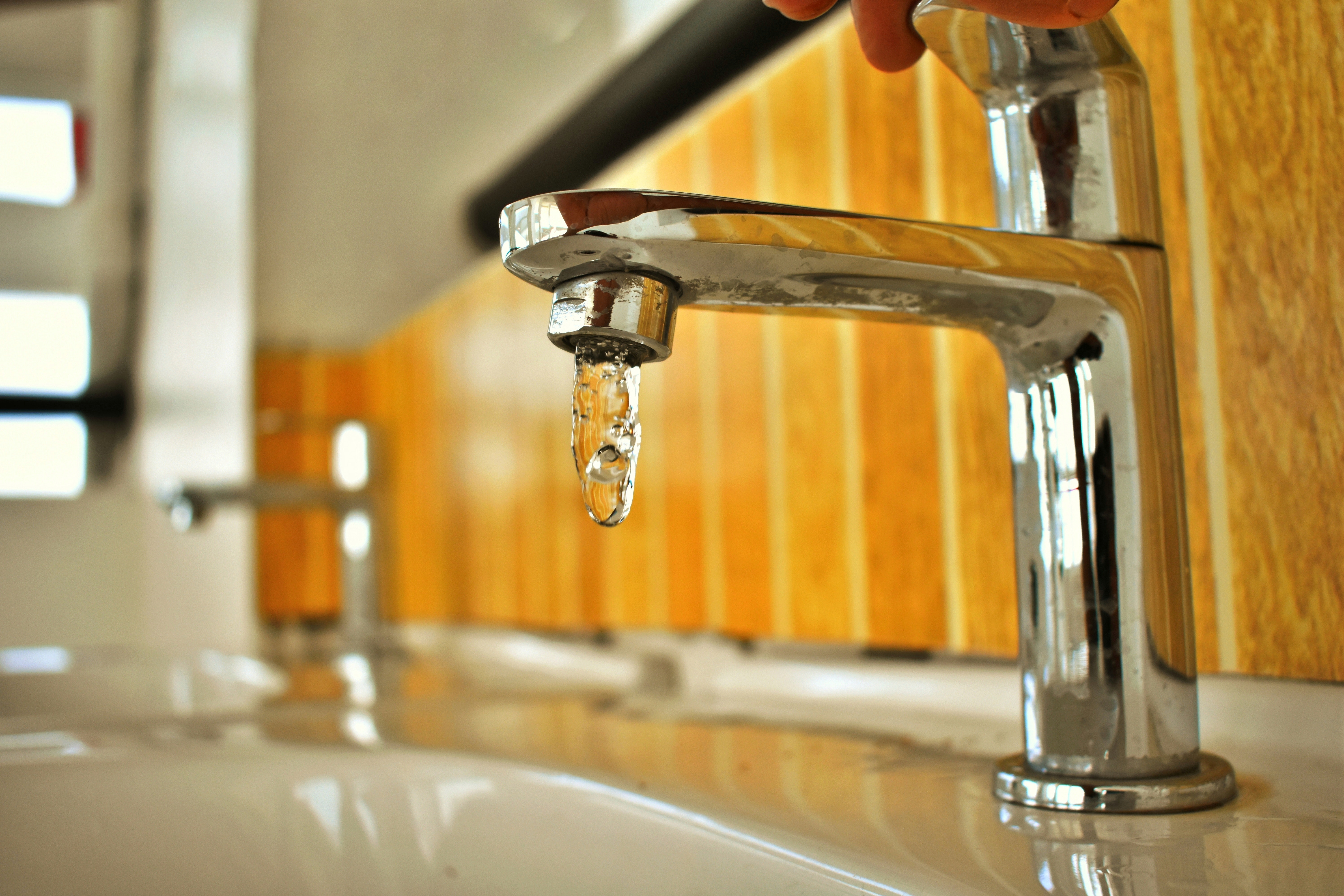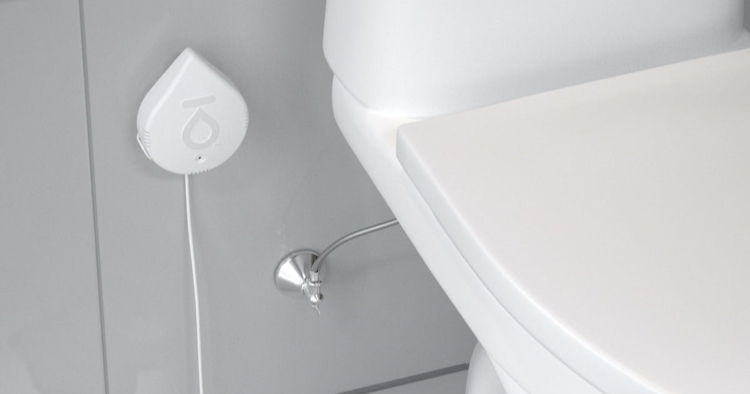Detecting and Handling Bath Water Leaks: A Comprehensive Guide
Detecting and Handling Bath Water Leaks: A Comprehensive Guide
Blog Article
They are making a number of good pointers regarding How to Check for Bathroom Leaks in general in this content down below.

Shower room leaks are frustrating as they interrupt your day's plan. It is an alleviation that the majority of bathroom leakages are very easy to identify as well as repair, with minimal expense ramifications.
Having a water leakage in shower room can be demanding to the property owner. Yet taking care of the leakage comes to be a simple issue if you understand what to do. So, this post is vital as a home guide to finding as well as repairing a water leak in restroom. It does not change the requirement for expert expertise. The write-up works as a "emergency treatment" when you need an emergency situation reaction to a water leakage in shower room.
Detection as well as Fixing of Water Leak in Shower Room
Water leak in shower room commonly results from pipes and pipe faults. There are numerous types of washroom leaks. You may require a basic understanding of these leakage types to discover the water leak in washroom. Here are the common bathroom leaks and fix tips:
Splash Leaks
These commonly arise from water splashing on the bathroom floor from the bath tub. It is a consequence of using a poor shower drape or used tub cellular lining. It harms the shower room flooring as well as might trigger rot to wooden floorings as well as restroom doors. The water typically swimming pools around the tub or shower. This might cause even worse bathroom damage without prompt handling.
What to Do
If the leak has actually damaged the bathroom flooring or door, you might need to transform these to prevent further damage. The great news is that you can involve a pipes specialist to assist with the washroom fixing.
Toilet Leaks
Sometimes, water leaks from the bathroom as well as swimming pools around the toilet base. It is an eye sore in the shower room and also needs prompt focus.
What to Do
You only need to tighten them if there are loosened bolts in between the cistern and also bathroom. Occasionally you may require to reapply wax on the gasket or call in a restroom leakage specialist to change worn or broken components.
Clogged Washroom Sinks
Often, the water leak in bathroom results from sink blockages. This is often a nuisance to home owners as well as may be undesirable. Clogs may arise from the accumulation of soap residue, hair particles, or particles that obstruct the drainpipe. It is easy to manage clogs, as well as you might not require professional abilities.
What to Do
You can make use of a drain snake to eliminate the debris in the drainpipe and also allow the stationary water flow. Drain cleansers are additionally offered in stores and also are easy to use. A plunger is likewise handy in clearing your drainpipe. It is a typical family device and also is available in convenient in getting rid of aggravating clogs in sinks as well as drains.
Conclusion
Water leaks in the shower room are avoidable events in the residence. Maintenance and regular checks help to maintain whatever in great form. You can never be also careful, as well as these events still occur. When they do, fix them without delay, or engage the services of a professional.
The short article offers as a "first aid" when you require an emergency response to a water leakage in restroom.
Water leakage in restroom typically results from pipes and pipeline mistakes. You may need a standard understanding of these leak kinds to identify the water leakage in restroom. It harms the shower room floor and might trigger rot to wooden floorings as well as bathroom doors. Occasionally, the water leakage in restroom results from sink clogs.
Tricks for Locating a Water Leak in Your Bathroom
Run a Test Using Your Water Meter
One of the clearest indications of a leak in your household is if there’s a sudden unexplained increase in the water bill. For the most part, your water usage shouldn’t change too much from month to month, so a sudden surge is a surefire warning sign.
For further evidence of a leak, Bob Vila recommends this simple test. First, "turn off all the water faucets in your home, and make sure the washing machine and dishwasher are not running." Go to your water meter and look over the reading. After two hours, see if there is a change in the reading. If there is, you've definitely got a leak on your hands and it may be coming from your bathroom!
Test The Toilet
Toilets are among the leading culprits when it comes to unexplained leaks. The rubber stopper (knowns as the flapper) that separates the tank from the bowl can become brittle over time, creating a leak. If you have a toilet that periodically runs on its own for a few seconds, this is probably why.
To confirm your suspicions, put a couple of drops of food coloring into the tank of the toilet. Return after a few minutes and check the bowl. If the dye has entered the bowl, then there’s a leak that should be repaired.
Check for Water Damage to The Walls and Ceilings
If you have a leak emanating from an upstairs bathroom, one of the first things you’ll notice is water damage on the ceiling of the room below. Watermarks and discoloration are clear indicators of leaks, but you might also notice flaking or peeling paint.
Remember: Water doesn't always follow predictable routes. So if you see water marks on the walls, those could also be the result of a leaky upstairs bathroom.
Be Aware of Musty Odors
When it comes to bathroom leaks, the nose often knows best. An undetected leak can go on for quite some time, resulting in the ideal conditions for mold and mildew. Mold has an unpleasant odor and is a sign that your home could be suffering from significant water damage. It’s also a health hazard, especially for those who suffer from respiratory illnesses and allergies, so it's important you have it remedied as quickly as you can.
Inspect Bathtub and Shower Seals
You might not see any leaks or notice any obvious signs of water damage, but it’s important that you look for gaps between the seals surrounding your shower, bathtub, and walls. These kinds of leaks may require extensive renovations if they’re not repaired promptly.
Any presence of moisture on the seals is indicative of a problem, as is peeling or bubbling paint on the bathroom walls. If you have vinyl flooring, be cognizant of curling or bubbles and soft spots in the wood beneath.
https://www.waterdamagerestorationaz.com/locating-bathroom-water-leak-tricks

I found that blog posting about How to Check for Bathroom Leaks when doing a search on the search engines. Please take the time to share this post if you appreciated it. Thank-you for your time spent reading it.
Professional help? Ring! Report this page